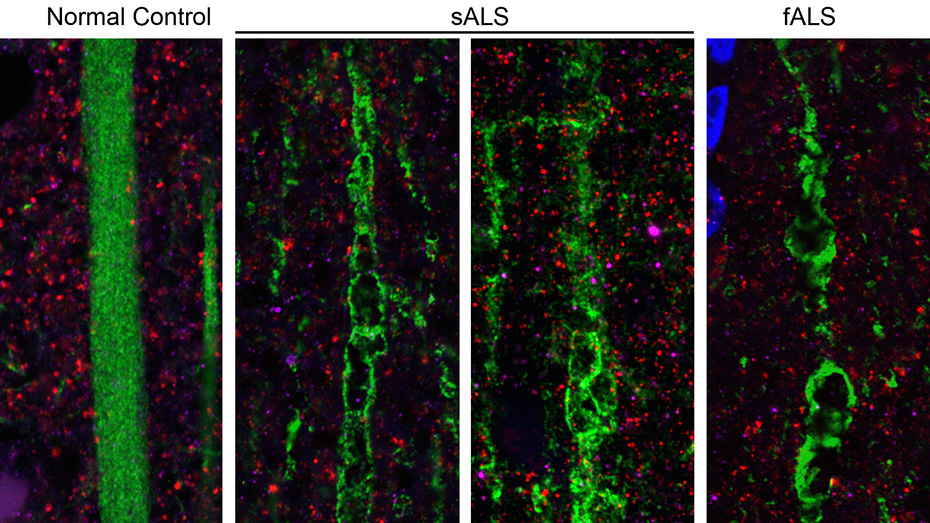Moving Discoveries Beyond "the Valley of Death"
The N.XT Fund supports Northwestern’s early stage innovations

Once amyotrophic lateral sclerosis (ALS) starts its tragic progression, the devastating disease is virtually unstoppable.
As their motor neurons die, ALS patients slowly lose their abilities to walk, speak, swallow and eventually even breathe. But now, two Northwestern professors are looking to reverse this tragic process by breathing life back into dying and dead neurons.
Professor Richard B. Silverman, the world-renowned chemist who invented Lyrica, has teamed with P. Hande Ozdinler, an associate professor of neurology, to develop drugs that restore health to the brain’s motor neurons. The promising effort combines Ozdinler’s novel approach for visualizing motor neurons in the brain with Silverman’s compounds that inhibit protein aggregation, which is a hallmark of ALS.
Because of work they did with N.XT's investment, Silverman and Ozdinler were able to partner with an accelerator.”
So far, the compounds have shown early promise in the laboratory — particularly in stabilizing corticospinal motor neurons, the degeneration of which causes ALS. But two years ago, there was little chance that the therapeutics would ever come close to reaching patients’ hands. Having tapped its grant funds, the project was poised to fall into the “Valley of Death,” which lies between academic discovery and industrial development.
That’s when Northwestern’s Innovation and New Ventures Office (INVO) gave the project a second chance with a $200,000 award through its N.XT Fund, a fund designed to foster and support Northwestern’s early stage innovations.
“We started the fund out of necessity,” said Nick Maull, associate director of new ventures at INVO, who manages the N.XT Fund. “A lot of technologies are too early to receive venture investments but are too far along to continue receiving grant money. So they get put on a shelf and are forgotten.”
N.XT offers a potential vehicle that can help keep some of these projects active by funding product validation, prototyping or market identification. It makes Northwestern’s assets less risky for investors and propels them to the next stage of commercial development. N.XT invests annually in promising projects, which have included novel battery technology, cancer therapeutics, and medical diagnostics.
Silverman and Ozdinler used N.XT funds to push their research far enough along to catch the attention of a large drug-development accelerator that propels breakthrough discoveries from research institutions into therapeutics for patients.
“Because of work they did with N.XT’s investment, Silverman and Ozdinler were able to partner with an accelerator,” Maull said. “This could eventually get their therapy into the hands of patients who need it the most.”